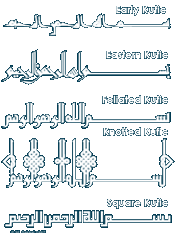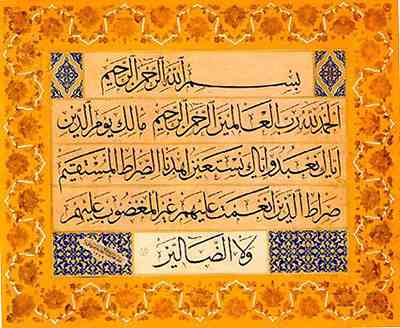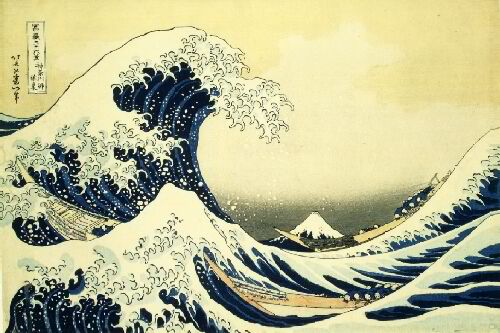The Arabic alphabet, like Hebrew and Phoenician, is descended from a Semitic alphabet first used nearly 4000 years ago. (Phoenician served as the basis for Greek - which included vowels - and therefore our Roman alphabet.)
Arabic is written from right to left. It has 28 letters, including long vowel sounds (like w - "oo"- or y - "ee"). Basic short vowels are indicated by dashes above and below the letters; as it is possible to read Arabic without the vowels, these are usually omitted, except in children's books and in the Koran. Just as English has upper and lower case, Arabic has different forms of most letters, depending on whether the letter comes at the beginning, middle or end of a word, or stands alone.
Islam hugely influenced the fate of the Arabic alphabet. It spread the alphabet throughout the world, so it came to be used to write Turkish, Persian, Urdu, Malay and other languages. More important, Islam largely forbade the artistic representation of living things, leaving a relatively small number of outlets - including calligraphy - for visual creative expression.
There are two main styles of written Arabic - Kufic and Cursive. Kufic is generally stubby-looking and in many varieties letters are made only of straight horizontal or vertical lines. It can therefore be carved, written using mosaic tiles or sewn, and it is used to great effect in architecture and textiles. Cursive is the highly expressive, flowing style that lends itself to pen and ink. |







